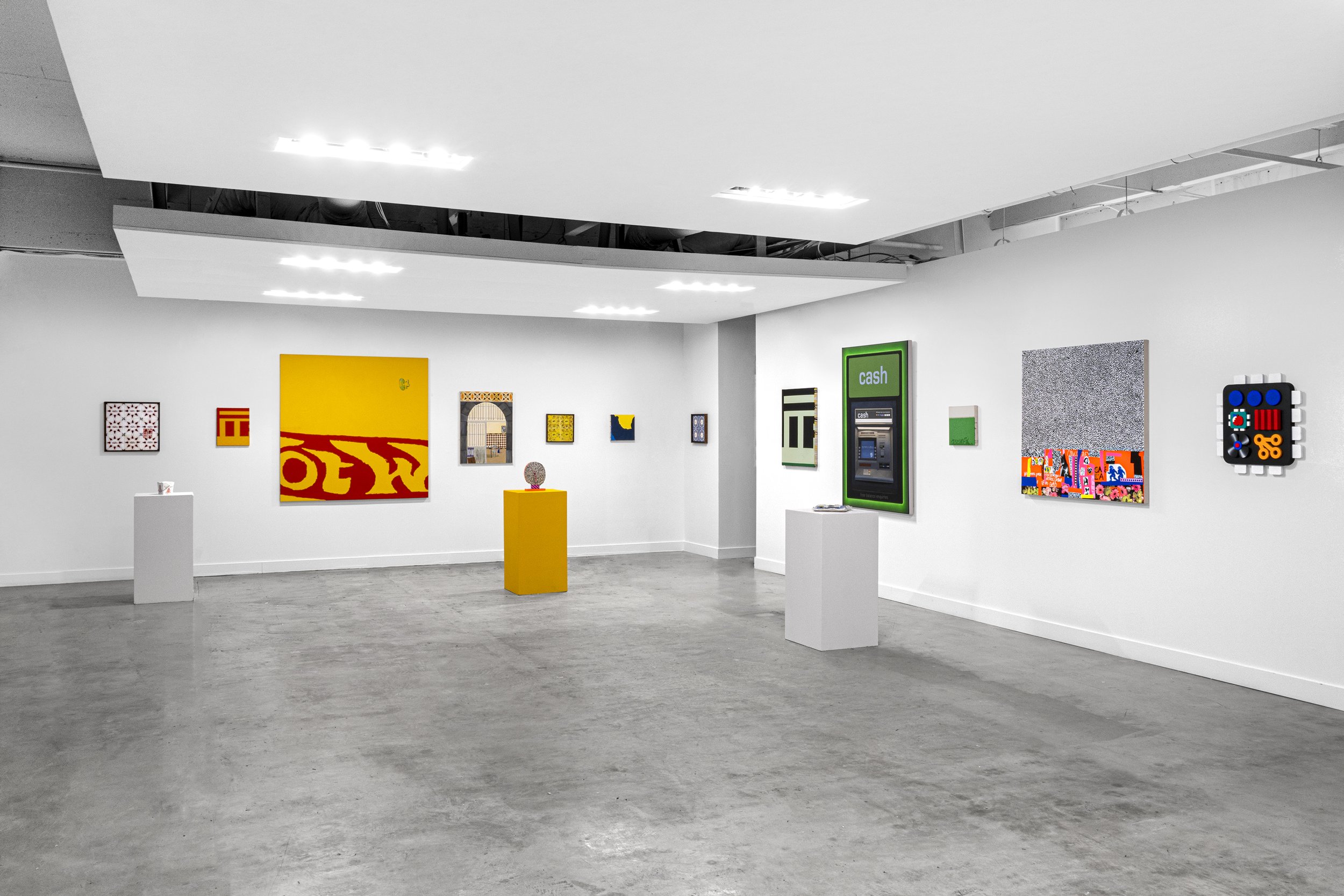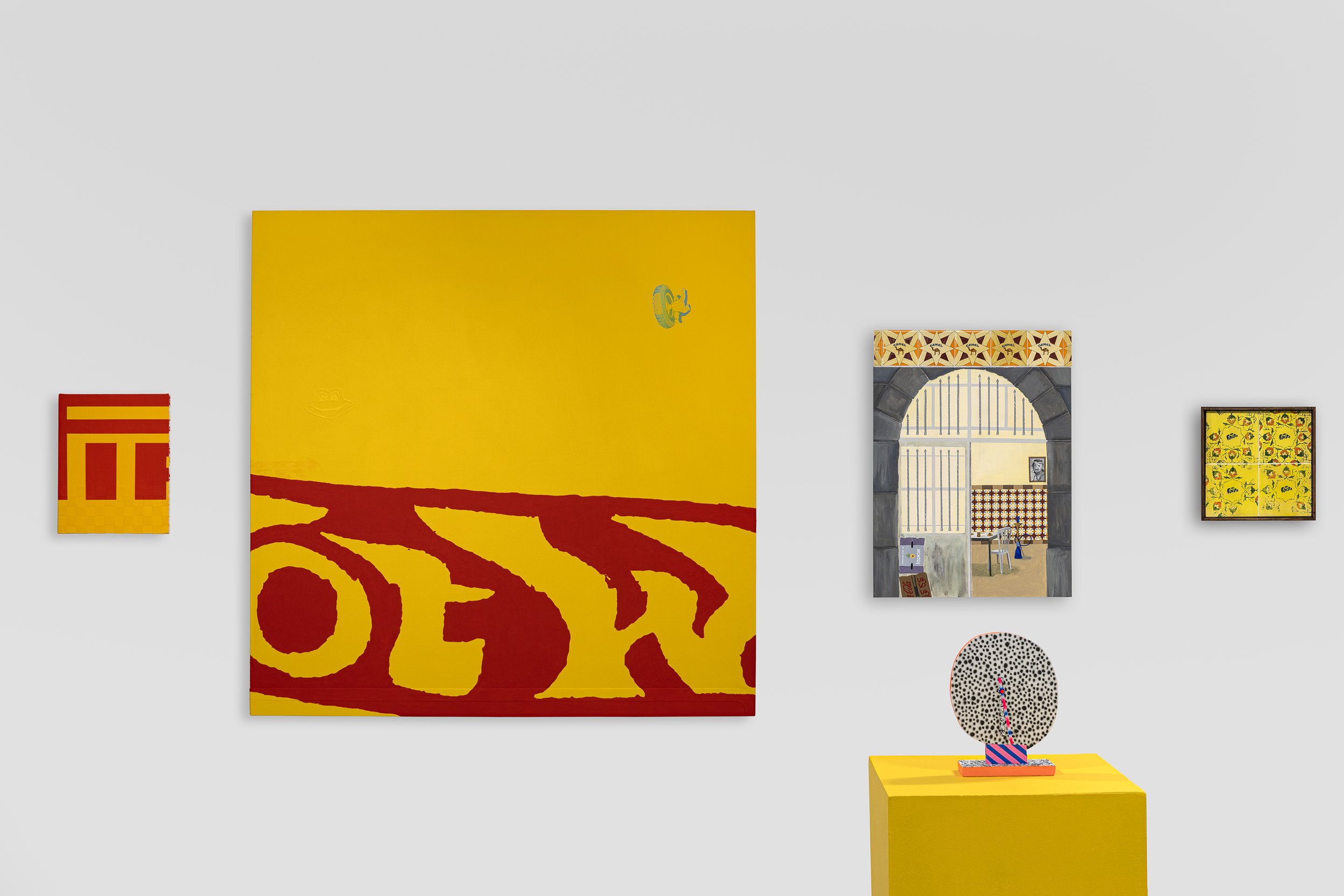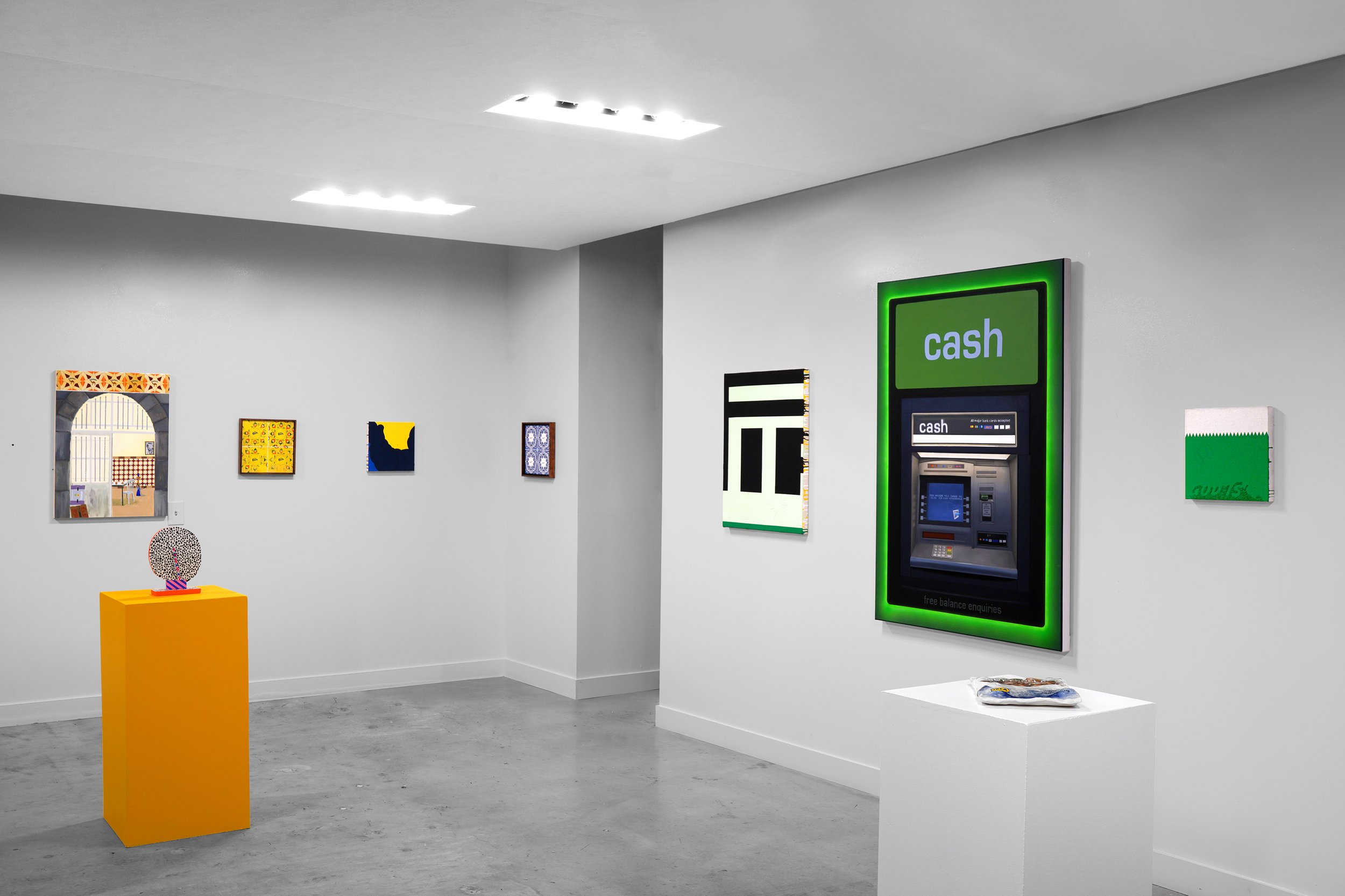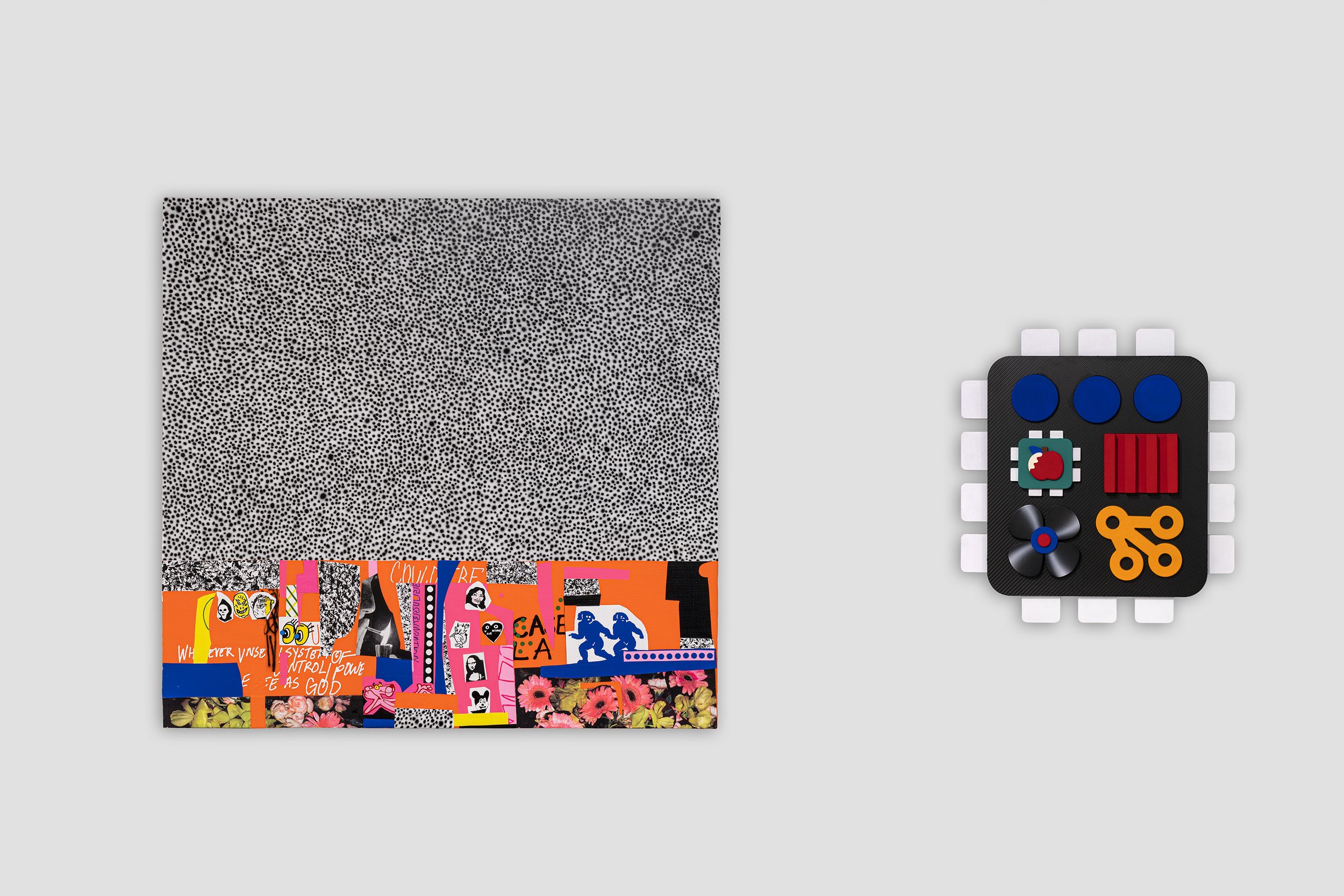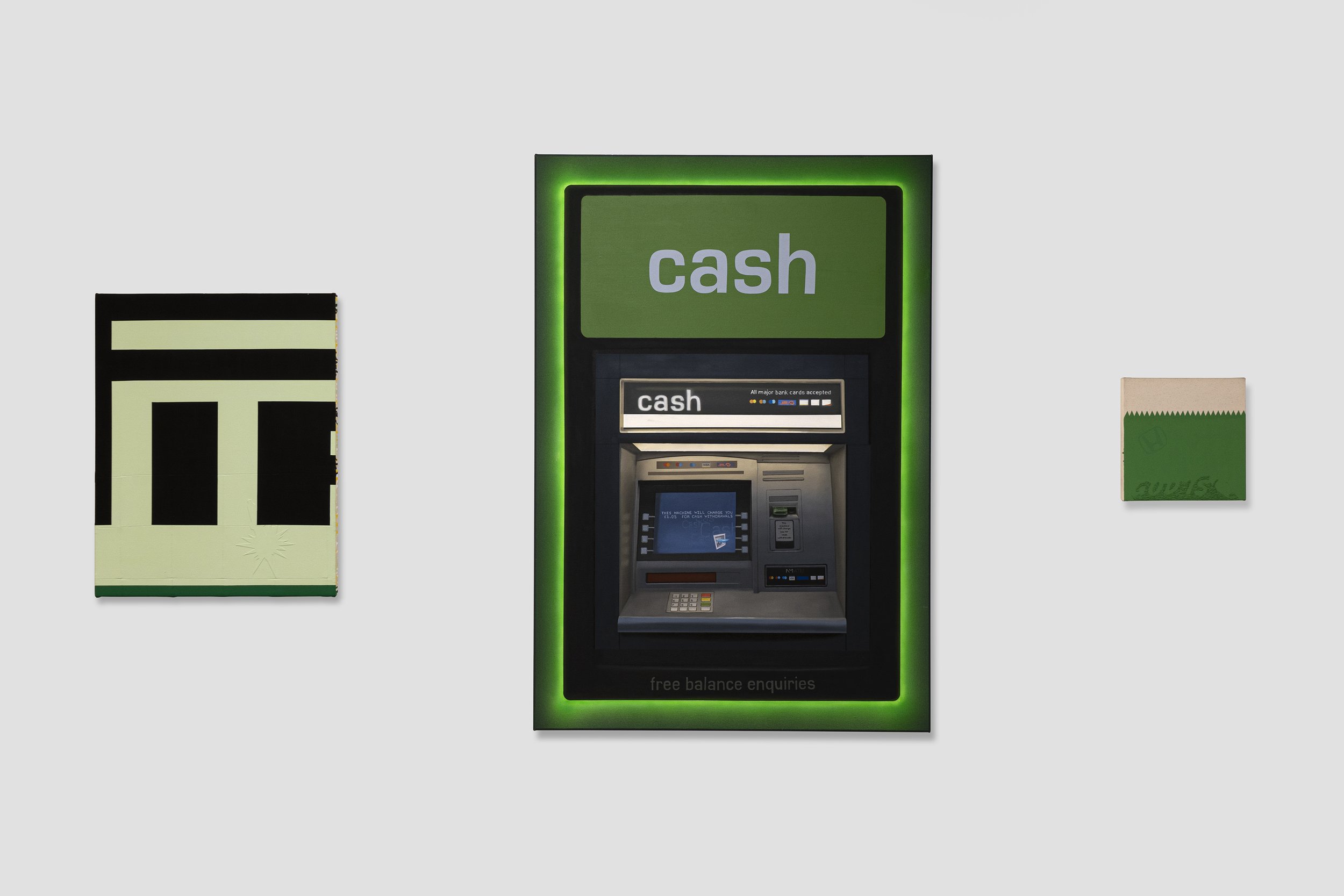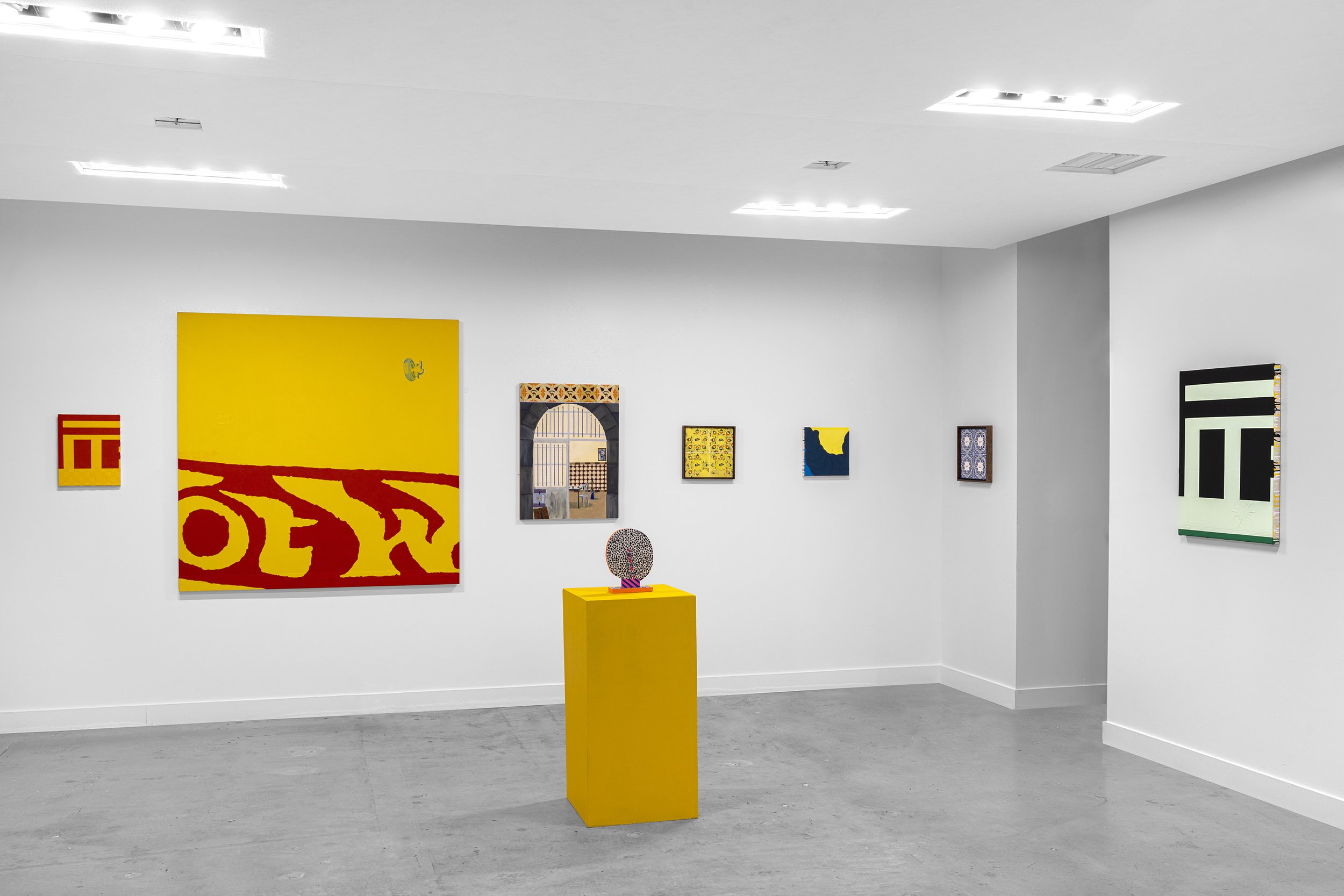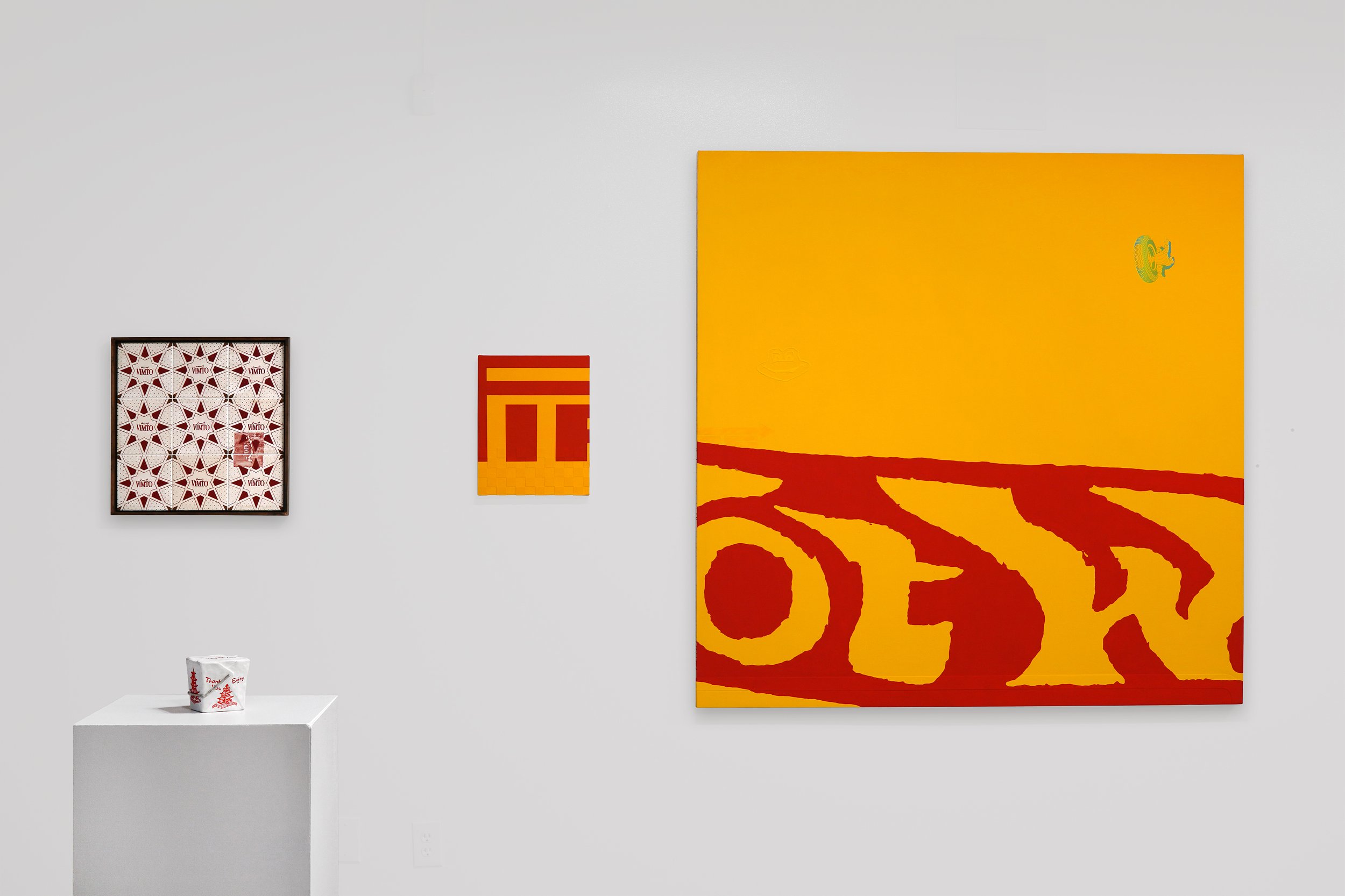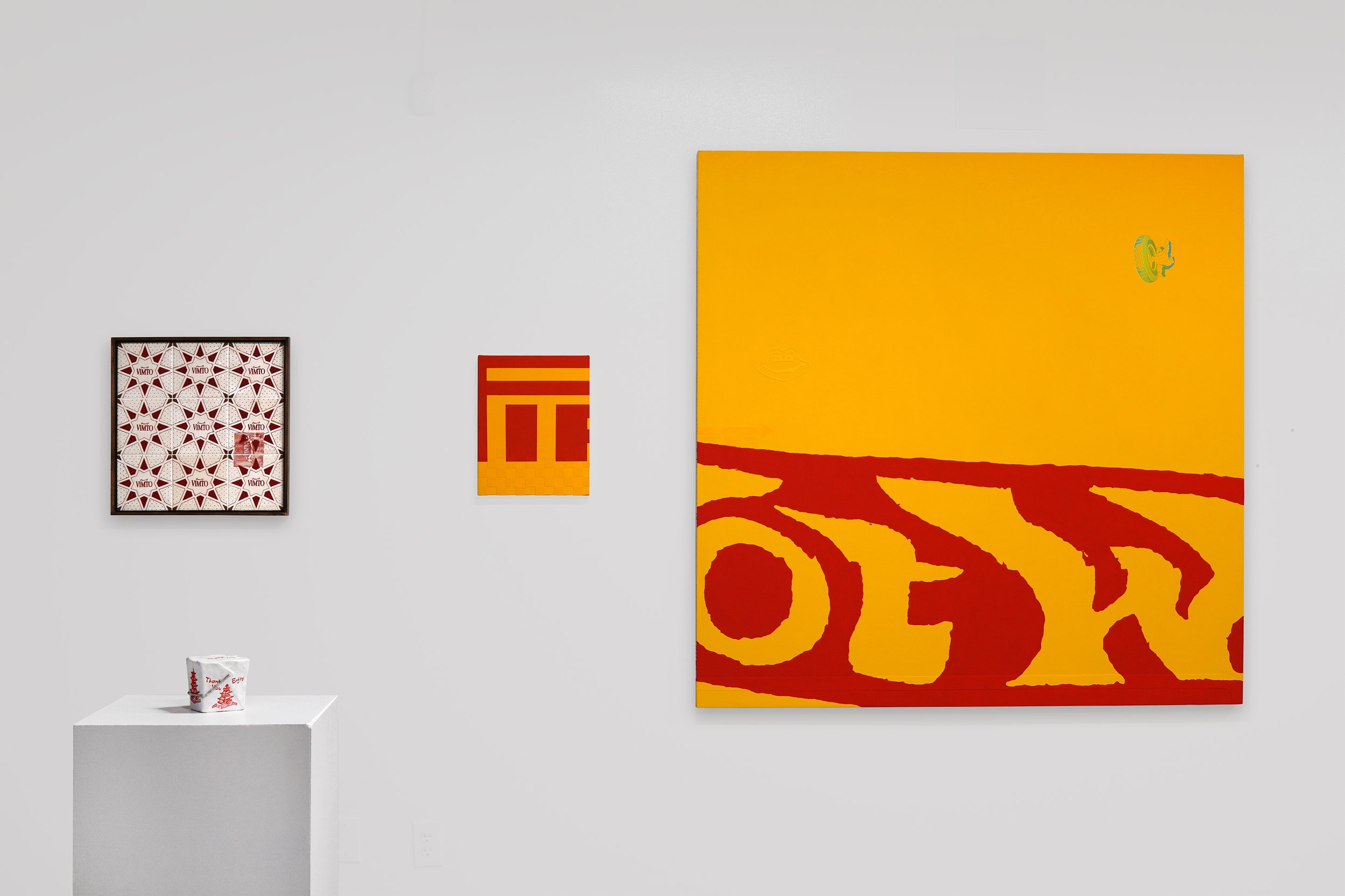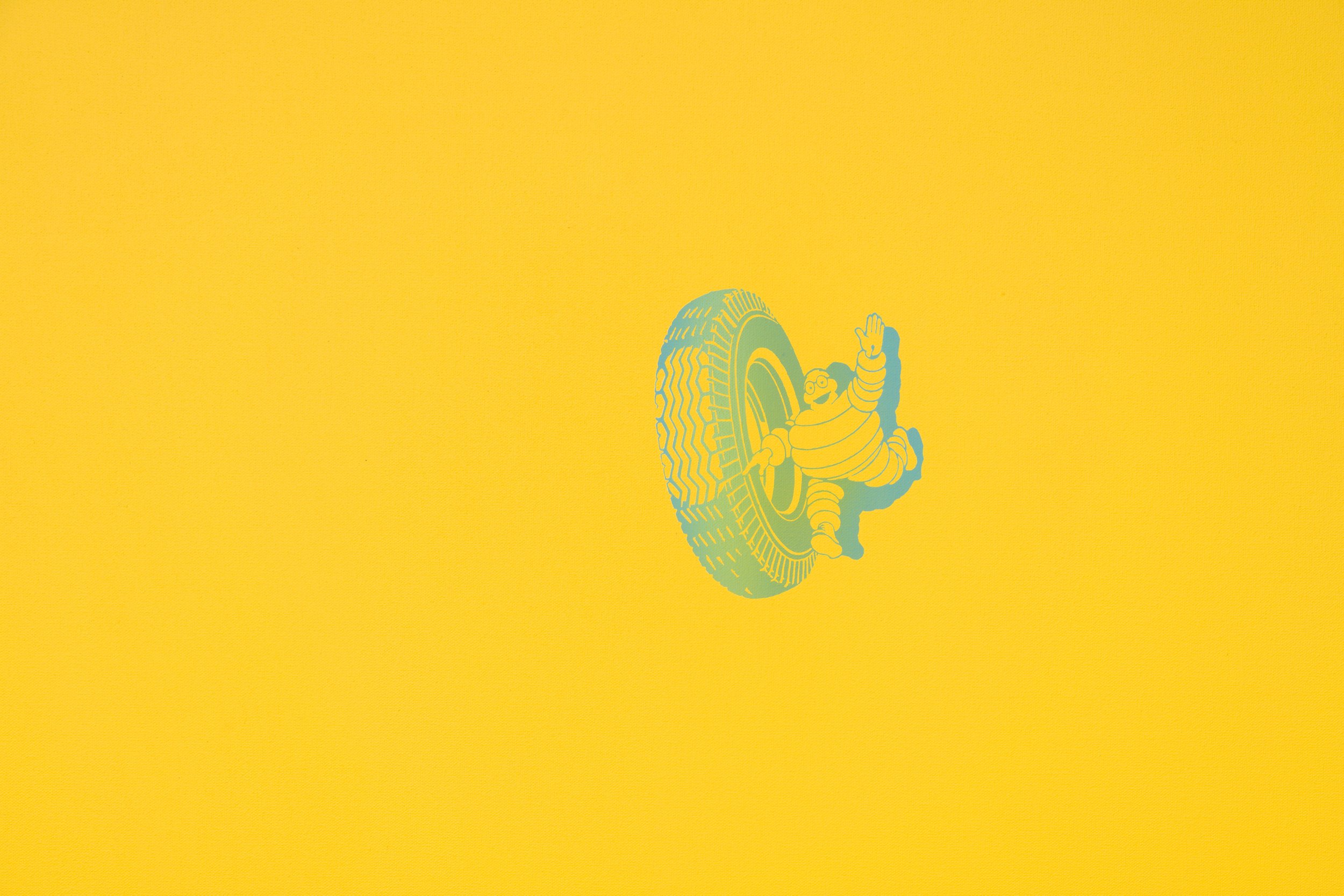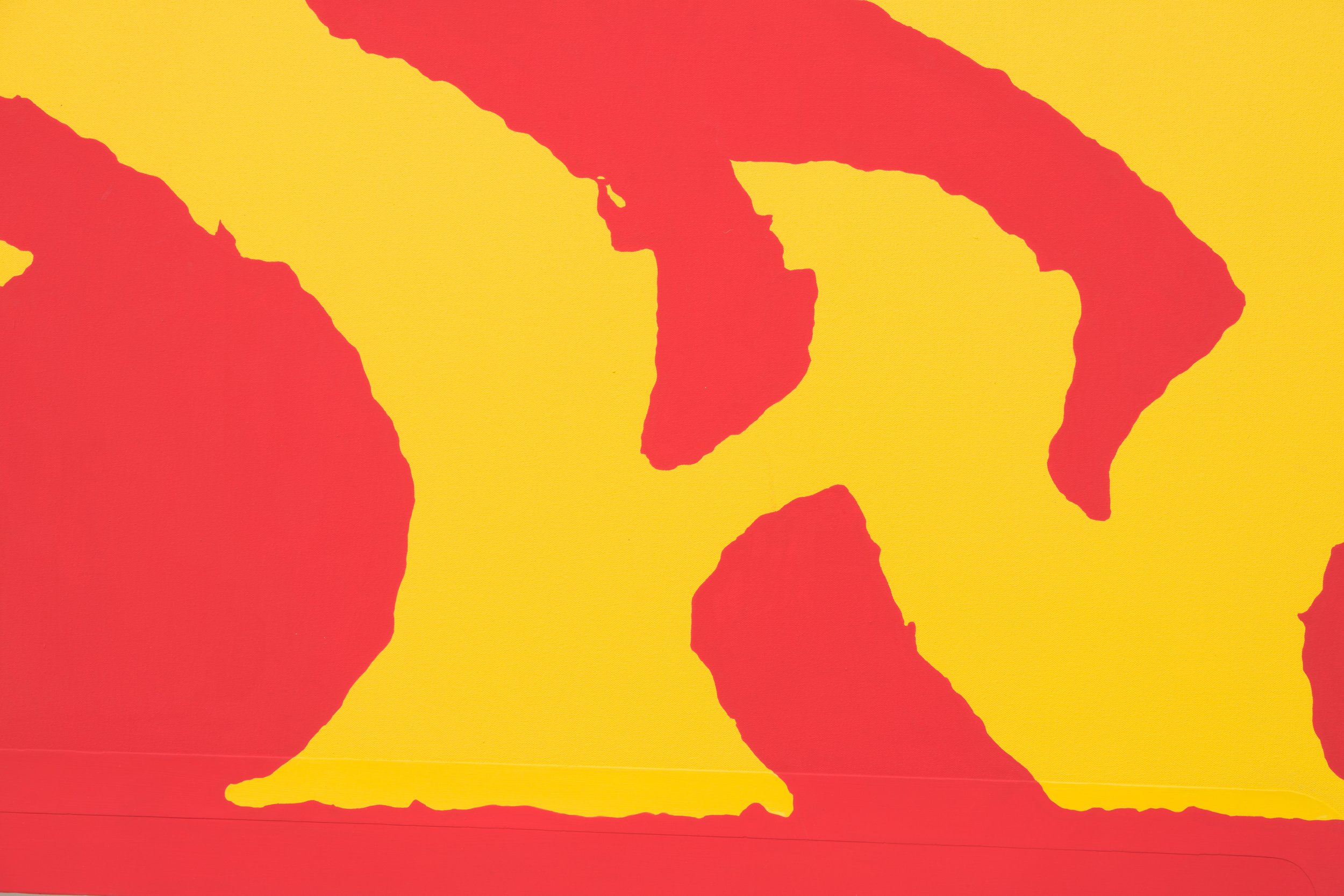This co-curated exhibition brings to light the ongoing global consumerism issues that we currently face and how that is impacting our everyday lives, from a psychological, physical, and environmental perspective. The selected artists will bring forth a collective body of work highlighting the global culture crisis of mass production and capitalism, emphasizing the cliche or kitschy elements of our cultures, through the use of irony and pop art elements.
The group show is curated to reflect the global consumerism crisis, through sculpture, ceramics, and paintings. Acclaimed artists such as Eduardo Sarabia (MX), Sam Keller (LA), and Stephanie H. Shih (NY), explore the complex cultural exchanges of consumer goods, through their use of ceramics and sculpture, reflecting products such as food produce boxes, intricately-decorated bags of Botan rice, containers of chili oil, and in Sam Keller’s case, flattened Coca-Cola or La Croix can into a beautiful gleaming object coated in Swarovski crystals and sculpts giant Cheetos in hollow spheres and small stacks.
Highlighting similar concerns through their use of stunning abstract or hyper realistic works, notable artists Callum Eaton (UK), Jonathon Casella (LA), Kristopher Roas (LA), Saj Issa (LA), and Tim Irani (LA) investigate the parallels between our cultures and capitalism. LA-based artist, Saj Issa reinterprets domestic objects that reference her personal experiences to religion, politics, and parallels of the East and West as a response to the denial of her Palestinian ancestral history and cultural existence. Her work is a representation about her personal experiences of displacement, identity, and social issues.
